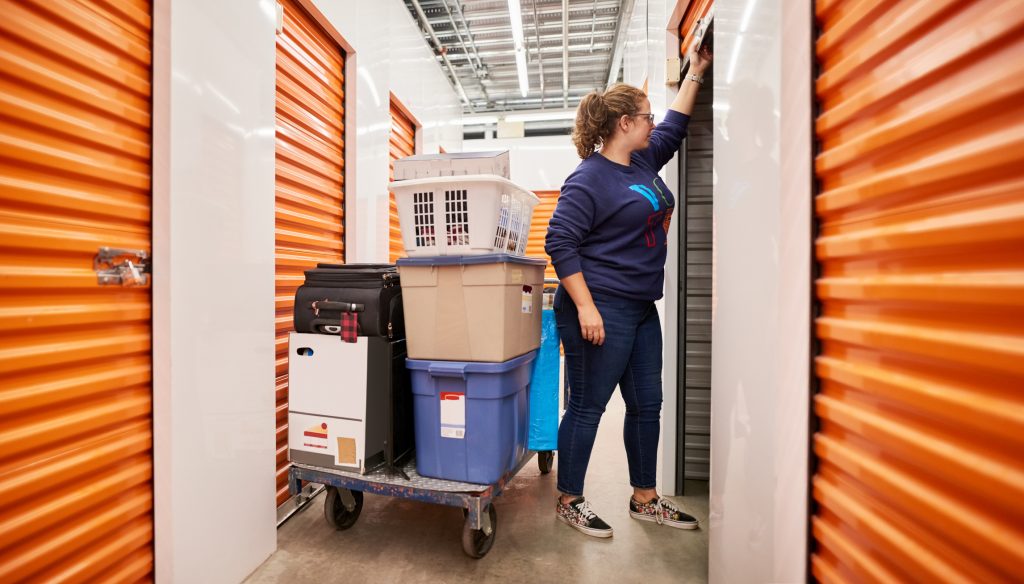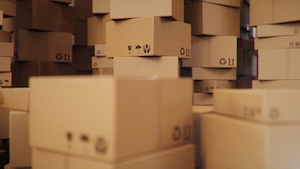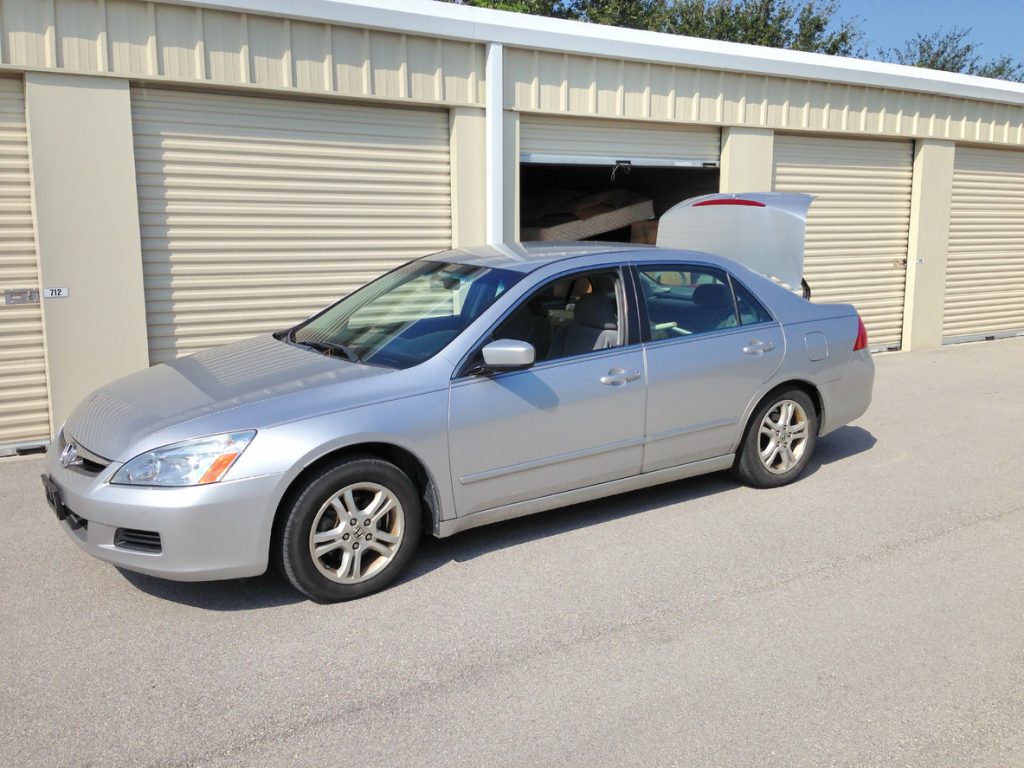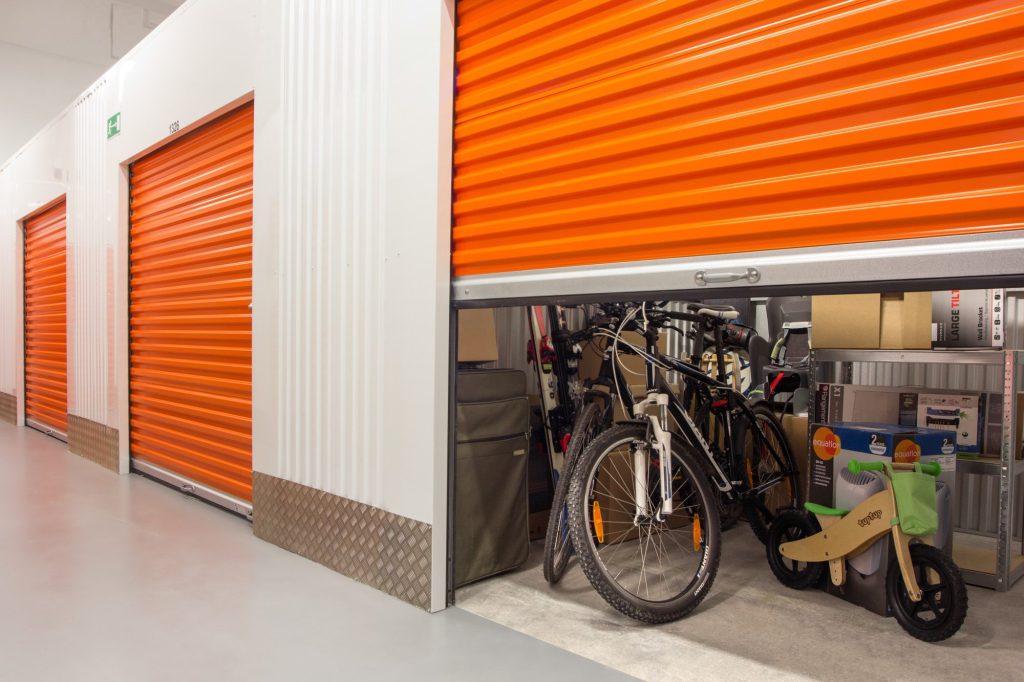One of the most common uses for self-storage is when moving home – and your own storage unit can come in particularly handy when downsizing to a smaller space. In this guide, we’ve covered the ways storage can help when downsizing, and some top tips to utilise your unit most efficiently.
Recent housing data has shown a trend towards downsizing among UK homeowners. That may be due to the rising cost of living and inflation, or it may be down to an increasingly aging population no longer needing as many bedrooms now their children have flown the nest.
Whatever your reason for downsizing, self-storage can be a great option for keeping your belongings safe – whether you’re planning on using it long-term or just temporarily.
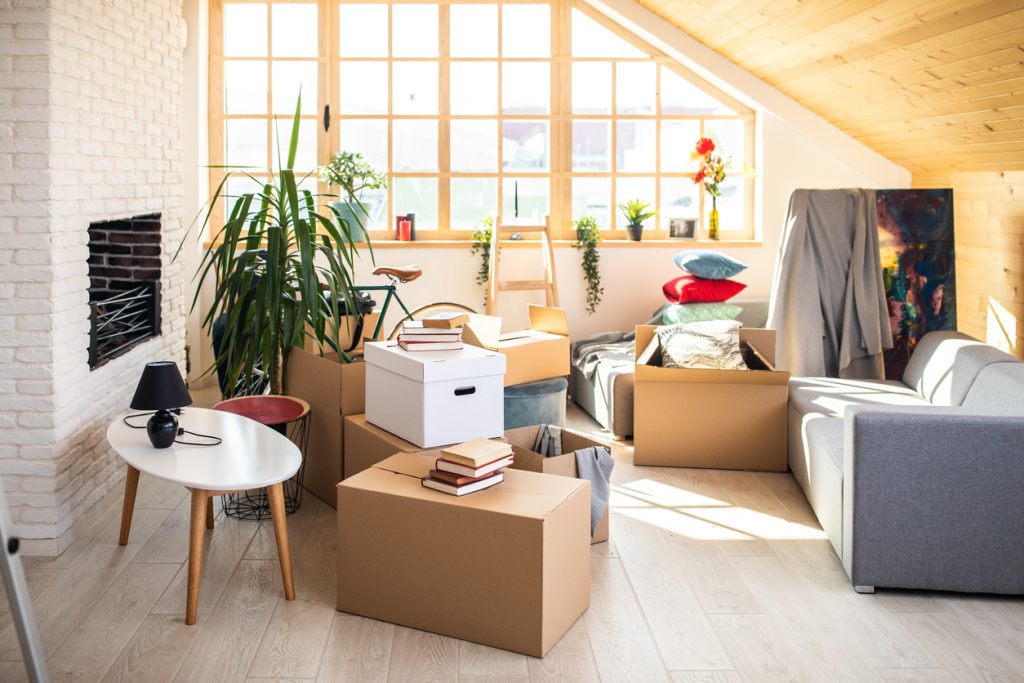
Ways Self-Storage Can Help When Downsizing
Downsizing can be an overwhelming process – leaving you with countless decisions on what items to keep for your new smaller space, and what to part with. Self-storage can help to alleviate a lot of that stress – here’s a few ways how.
- Speed: Utilising self-storage facilities can expedite the downsizing process significantly. Instead of waiting to sell, donate, or decide what to do with your excess belongings, you can quickly move them into storage. This allows you to relocate to your smaller space without any more delays, making the transition smoother and faster in the process.
- Saves Money: Self-storage can be a cost-effective solution during downsizing. By storing items you’re not ready to part with, you avoid the immediate expense of purchasing new items in the future. Additionally, it provides you with more time to make thoughtful decisions about what to sell, potentially increasing your earnings from the sale of unwanted items.
- Provides Flexibility: With self-storage, you gain the flexibility to make decisions about your belongings on your timeline. There’s no need to rush decisions about what to keep, sell, or donate. If your circumstances change, such as needing an item you thought you wouldn’t, it’s readily accessible in storage.
- Good For Temporary Moves: If you’re downsizing temporarily, such as for a short-term job assignment or renovation, self-storage is the ideal solution. It allows you to keep your possessions safe and out of the way until you’re ready to move back into a larger space or bring your items home.
- Simplifies Moving: Downsizing often involves sorting through years of possessions, which can be overwhelming. By moving your non-essential items into self-storage, you can declutter your living space and focus on moving only what you truly need.
Tips for Using Storage When Downsizing
Now that we’ve covered the benefits of using self-storage when downsizing your home, let’s look at the most optimal way to utilise your storage unit.
We’ve covered a few of our top tips for storing your belongings when you’re downsizing homes.
1. One Room at a Time
Take an inventory of each room in your home, and start noting down the things you plan to keep in your new, smaller home – and the things you want to hold onto but won’t have room for.
It’s probably a good idea to make an additional column for things you plan to get rid of altogether – it’s worth noting that self-storage when downsizing is charged per square metre for self-storage, so the more you have, the more it costs. Be savvy about what you want to hold on to.
Use a labelling system to clearly identify what items are in which boxes as you go. We’ve put together our top tips for packing your belongings for storage and moving.
2. Create a Blueprint
If you’re struggling to whittle down the items you plan to move into your new home, it can be helpful to make a drawing of your new space and plan out exactly what will go where. If it helps, you could even include measurements to get a more accurate picture.
Once you’ve got a clearer idea of what you want to go in your new home (and what will fit!), you should also have a much clearer idea of what needs to go into storage, and what can be donated/thrown away.
3. Long-Term vs Short-Term Storage
Short-term storage can be a good option if you are only downsizing temporarily – for example, if you are moving somewhere while your permanent home has renovations.
However, you might want a long-term storage option if you are downsizing permanently (or for the foreseeable future), but have things that you want to keep hold of. For example, you may still be holding onto your children’s belongings but not want to transport them to your new home.
Read more about the pros and cons of long-term storage.
4. Smart Storage Solutions
To keep storage costs down, it’s a good idea to look into storage solutions you can incorporate into your home. There are plenty of ways to really make the most of a small space.
A few quick ideas include:
- Buying a bed with under-bed storage space
- Utilizing the wall space with shelving
- Use over-the-door organizers for your kitchen, shoes, bathroom organisation, and even for smaller accessories like jewellery, belts etc.
- Use drawer organisers to keep things tidy
5. Make Sure You Know the Value of Your Stored Items
Once you’ve got your list of items you are going to put into self-storage when downsizing, it’s absolutely vital that you have accurately recorded exactly what’s stored and the value of those items.
You’ll need this figure for your storage insurance – something that is mandatory for many self-storage providers, and highly recommended even if not.
Self-storage insurance covers the cost of your items should they be lost, stolen, or damaged due to a number of incidences including fire (which, unfortunately, is much more common than you may think), flooding, theft etc.
You’ll need to have the correct value of those items to ensure the full amount is covered should anything happen while your belongings are in storage.


